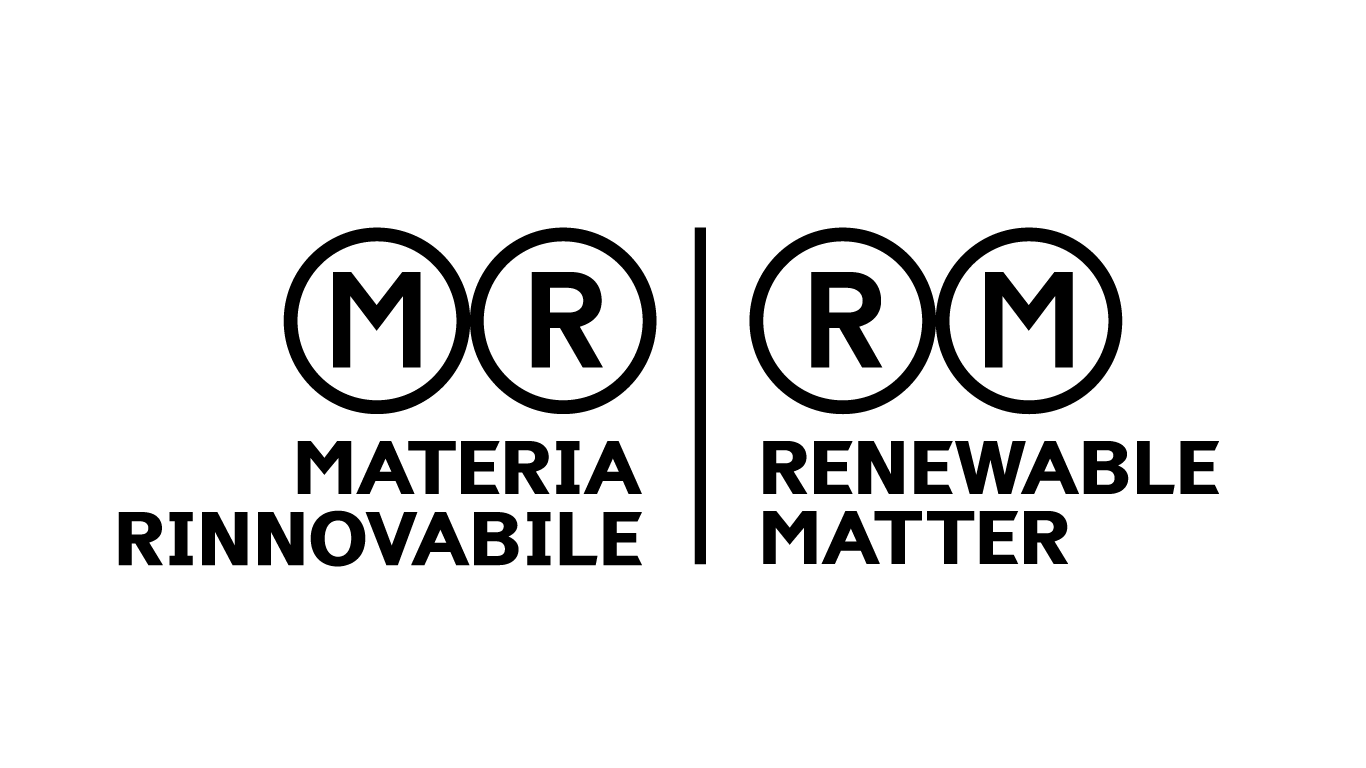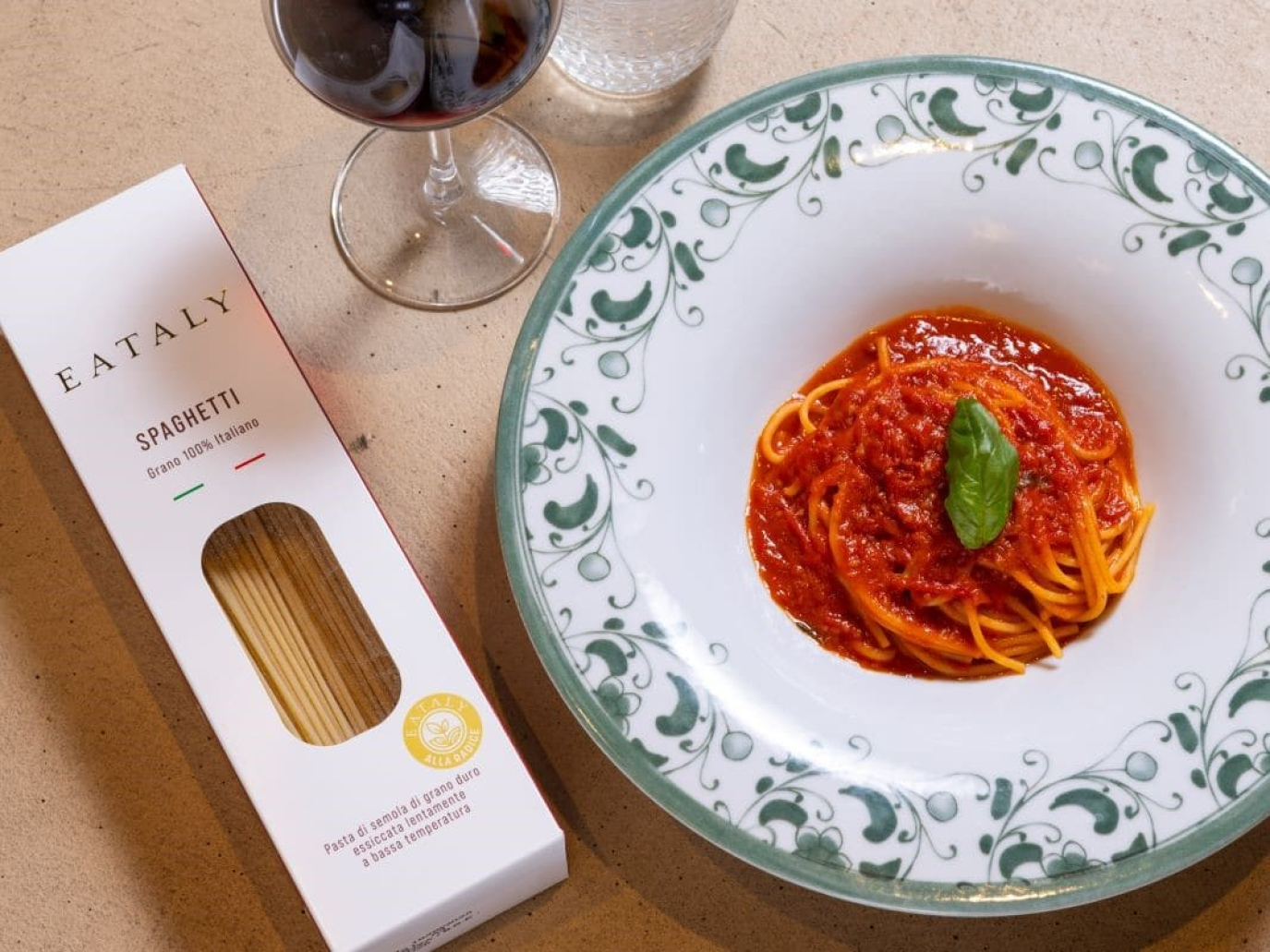
The new brand Eataly alla Radice (Eataly at the Source) is all about supply chain transparency. The project is promoted by Oscar Farinetti's company with scientific coordination from the University of Palermo and Slow Food Italia, and verified by RINA, a multinational certification group operating in more than seventy countries.
From 15 October, pasta bearing the Eataly alla Radice label will be available in stores, initially in four formats. The challenge of traceability is explained on the packaging: a QR code links to a page containing the narrative label created by Slow Food Italia. Here, consumers can find information on agronomic practices, the product's cultural identity and insights into improvement processes.
This project, which will soon include other product chains, aims to promote and enhance, in a structured and transparent manner, the characteristics of quality, traceability and identity that distinguish a selection of Eataly-branded shapes of durum wheat semolina pasta.
“The branded products are the embodiment of the values that make up the DNA of the brand, which carefully selects producers and products of gastronomic excellence,” explains Chiara Murano, Head of Sustainability at Eataly.
At the heart of the project is the development of technical supply chain specifications designed to promote the distinctive features of the products involved in a structured and transparent manner. The specifications adopt an incremental and evolutionary approach, with the aim of guiding companies on a path of continuous improvement.
‘There are four areas covered by these regulations,’ explained Murano at the launch event held at Eataly Smeraldo in Milan. “The first is land, which analyses the principles of agroecology employed. Then there is climate, that is, reducing energy consumption and climate-changing emissions (at least 5% each year). This is followed by water, which is how we can reduce its use in the processing phase; and finally, identity, which is the relationship between the supply chain, community and production traditions. All of this is summarised in Slow Food's talking label.”
The Eataly alla Radice technical specifications, summarised in bullet points on the Eataly website, have been validated by RINA, which has also conducted field audits of all players in the supply chain, certifying compliance with the requirements and issuing a statement of conformity.
“RINA’s initial role was to validate the contents of the specifications, ensuring that each technical pillar of the Eataly alla Radice project was supported by objective and measurable requirements, in accordance with the principles of consistency, traceability and transparency,” explains Simona Gullace, Head of Food Product Management at RINA. “Subsequently, the verification evaluated whether these requirements were effectively applied at every stage of the supply chain. This process helps to strengthen stakeholder confidence and highlights Eataly's ongoing commitment to offering products of excellence.”
Slow Food's talking label provides information on traceability, a useful experience for consumers and a good practice that will be increasingly replicated, alongside more technical traceability systems. For Eataly alla Radice pasta, we are informed that the durum wheat producers are Fondazione Siniscalco Ceci Emmaus and ATS Agri, agricultural businesses in the Foggia countryside. They are committed to social projects, to the reduction of energy consumption and emissions, and to the promotion of local supply chains that strengthen the link between agriculture and the territory.
The milling is done by Molino De Vita, a family-run mill in the Dauni Mountains overlooking the plains of the Foggia province. The company is listed in the Register of Italian Excellence as ambassador of Made in Italy, as it combines tradition and innovation in the production of durum wheat semolina. Production is entrusted to a long-standing supplier of the group, the award-winning Afeltra pasta factory, which has been operating in Gragnano since 1848. Located at the foot of the Lattari Mountains and the Valle dei Mulini, the pasta factory draws on the territory's invaluable assets: a perfect microclimate, pure water springs and know-how passed down through the centuries. Bronze drawing and slow drying at low temperatures preserve the rich and genuine flavour of the wheat. A virtuous example, bound to set a precedent in communication and agri-food sustainability strategy.
Cover: photo by Eataly



